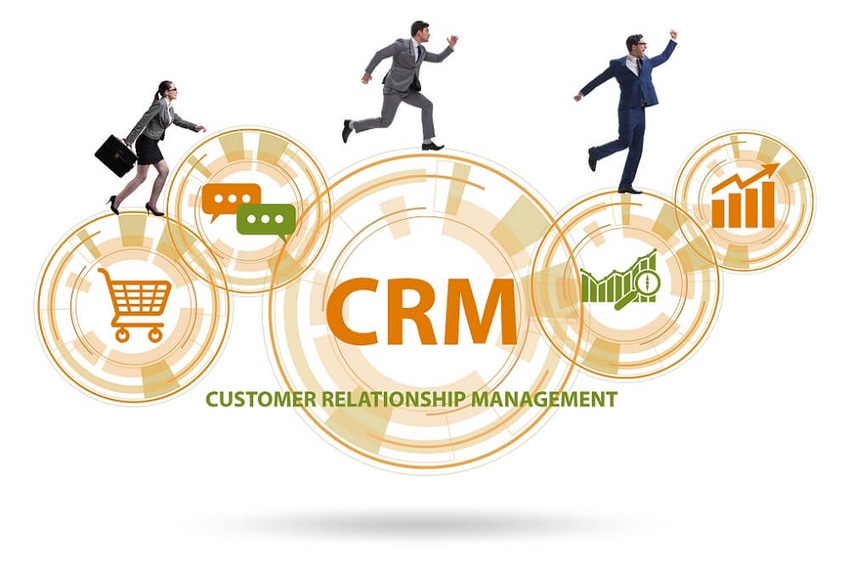Ringler Goes Low Code/No Code to Leverage Data Analytics
Settlement planning company finds a more efficient path to its digital modernization by working with Creatio’s platform.

What started as a plan to get one tech project back on track opened the door for overall transformation at settlement planning company Ringler Associates.
Butch Knowlton says he joined the company more than one year ago as its first CIO as Ringler’s leadership recognized the need to focus on technology. At the time, there was a hodgepodge of IT resources in play at the company, he says, with limited strategy or vision. “One-off decisions were made as items or situations may have occurred within the organization.”
Knowlton says when he initially came onboard, he was meant to rescue a project that would become part of the overall low-code/no-code approach the company adopted. He realized quickly there was a need for a full digital transformation.
When looking at the overall structured settlement sector, Knowlton says there is not a lot of technology tailored for this space. There is a historic tendency in the market, he says, to focus more on relationships with customers rather than technology -- but that is beginning to change.
“It’s really brokers out there selling company policies, annuities, and some other products to be able to create a structured settlement for each claimant that would need income for some period of time,” Knowlton says.
Ringler designs settlement plans for injured individuals, their attorneys, and insurers. Over its history, Ringler’s settlement plans have seen more than $3 billion in premiums. The company’s transformation included switching from siloed, proprietary tools built in-house to Creatio’s no-code platform for process automation and customer relationship management (CRM).
CRM Solution Back on Track
Knowlton says his first task with Ringler was to get a project to implement a CRM solution back on track. That snowballed into a plan to decommission five disparate applications, he says, in favor of a single experience for the end users. This would include replacing the case management system and the accounting system, and then move toward a data lake or data warehouse capability that could lead to data-driven decisions.
The low-code, no-code capabilities Creatio offered gave Ringler a way to apply its new plans quickly, Knowlton says. “The implementation and delivery of this project is going to enable a lot of things.” That has included migration from an on-prem and virtual data center to the cloud where Ringler can scale and manage resources.
“We’re able to take advantage of some of the security components and apparatuses within [Microsoft] Azure that we really needed to update within our organization,” he says.
This has allowed Ringler to capture data while also focusing on customer needs. Greater discipline and consistency in data through transformation, Knowlton says, led to greater insights into business practices and activities within Ringler as well as their customers. “We feel that could be a competitive differentiator for us as we drive towards analytics,” he says.
Even with mature industries, adopting low-code/no-code resources is not always an easy sell. The structured settlement sector, Knowlton says, is notorious for being averse to change. He admits that some steps could have been handled more smoothly, such as bringing about digital adoption and the communication to Ringler’s teams in the field. Updating antiquated components of existing technology security at Ringler also might have been better, he says, had the company prepared the infrastructure prior to executing on the project. “What we’ve had to do is work in the race car while it’s going down the track.”
Knowlton says he is applying strategic principles to stabilize, improve, and then innovate to data, security, infrastructure, and projects. Ringler is starting on the improvement stage, he says, tied to data and analytics. That should arm the company, Knowlton says, with a solid analytic presentation layer through Microsoft Power BI that allows Ringler to consume data. This could open the door for Ringler to discuss stewardship with the voice of the customer as well as be insightful on financials as an organization. “This overall strategy drives our ability to scale,” he says.
Related Content:
Retailers Choosing Tech Upgrades Over Holiday Magic in 2021
HPE and Transamerica Open Their Cloud Transformation Playbooks
About the Author(s)
You May Also Like







